
Keeping a company running in the black is not an easy task. Sometimes it feels like balancing multiple spinning plates while juggling a couple of chainsaws. There is A LOT to keep track of, and the consequences of dropping a plate is hard, but a chainsaw well that is disastrous.
A well-crafted balance sheet can and will be your go-to report in helping keep track of your business’ financial situation.
The Balance Sheet is a statement showing the financial position of a business. Regardless of its size, what it produces or creates, or how it delivers its product, a balance sheet is VITAL to understand its financial health.
Contained inside of it are three different but equally essential sections; The company’s total assets, total liabilities, and the shareholders’ equity. We will dig a little deeper into that in a few paragraphs.

Timing is Key
Most often, a business’ compiles its balance sheet at a specific point in time, most commonly at the end of each accounting period. This means monthly, quarterly, and annually. The benefit of running this report at these regular intervals is staying on top of potential problems and catching positive trends.
As any pilot can tell you, being off a mere one or two degrees sounds like a small issue at the beginning of a flight. Until 10 hours later, when you find yourself 10,000 miles away from your planned destination, those few small degrees suddenly become a much bigger problem! A small problem that could have been easily corrected now takes overtime to be fixed and reallocates valuable resources, not to mention its cost.
When you study and analyze the data regularly, you can make small course corrections along your companies path. Small issues are easier to correct than realizations that you are completely off your planned course.

Data to Include
As stated early, all well-created balance sheets include three sections.
- Total Assets – Assets are considered anything the business owns, both physical and intangible. Tangible examples include; cars, furniture, real estate, product, anything that has a finite monetary value. Intangible are things such as patents, intellectual property, brand recognition, and copyrights.
- Liabilities – Liabilities are the amounts owed by a business at any given time. There are two categories of liabilities; Long term and short term. Long term means anything that will take more than a year to pay off—for example, mortgage and loan payments. The short term is payable within one year.
- Shareholders’ Equity – SE is the money that would be returned to shareholders if the company’s debt was paid off along with all of the assets liquidated. Shareholder equity sorts into either positive or negative equity. If there is enough money after assets are sold, this is positive equity. Subsequently, the negative is the opposite.
If going the extra mile is important to you, you can also include information from the same period from the prior year. For example, are you looking at January 2021? Include January 2020 for a side-by-side comparison. Doing this will increase your ability to track information and identify trends; these things help to know where to improve and pinpoint what is working.

A Window into Financials
When it comes down to the basics of running a company, a balance sheet is where you go for the overall financials. The balance sheet’s primary purpose is to provide a snapshot of the company’s financial situation, including the economic resources the company owns, what it owes others, and the sources of financing for those resources.
Not only is this snapshot an excellent resource for the CFO, President, or owner of the company, it is part of what possible investors will ask to go over before moving forward with your company. Additionally, potential lenders will require it in their financial package before approving a loan. Basically, anyone who wants and needs to see a company’s financial health will ask for a balance sheet.
Lastly, a balance sheet is one of the requirements of an annual report you may or may not be required to provide the U.S. Government. This requirement only applies to companies that are publicly traded.
Even if you are not legally required to provide an annual report to Uncle Sam, it is highly recommended you create one to share with your employees, customers, and investors. The balance sheet is an integral part of the annual report.

One of the Big Three
According to Wikipedia, The term “Big Three” usually describes the three most prominent entities in any given grouping or subject. The big three are the cash flow statement, income statement, and, of course, the balance sheet in the accounting world.
Here’s a quick rundown of each one;
The cash flow statement is the total amount of money being transferred into and out of the business, primarily affecting liquidity.
The cash coming into your business is from customers or clients who are buying your products or services. Often customers don’t pay at the time of purchase; this means some of your cash flow comes from collections of accounts receivable.
The cash headed out of your business is payments for expenses, for example, rent or a mortgage, in monthly loan payments, and in payments for taxes and other accounts payable.
The income statement (also called a profit and loss statement) shows a business’s profitability over specified periods. It details your revenues minus your expenses and losses.
This report provides particular insight into the company’s operations, its management efficiency, and whether it performs in line with industry peers.
While there are hundreds of financial reports out there that all show essential information, these three statements are the best way to see the whole financial picture.
And the balance sheet…
Take a look at some sample visual financial reports that you can make in minutes.

The Power of a Balance Sheet
A well-formulated professional balance sheet filled with the correct data can be a CFO or business owner’s most trusted tool. If studied and reviewed regularly, a balance sheet can identify both positive and negative trends in the company’s financials. Just what you need to keep your company running smoothly and in the black.
The balance sheets’ power lies in how well it is crafted, how easy it is to read, and whether you can make actionable decisions based on it. When those three objectives are met, goals can be achieved, profits can increase, and problems identified early on.
Now What?
Suppose the balance sheets created for yourself or your clients are not all you want and need them to be. If they miss the mark by not being understandable or overcomplicated, you may want to look into a better reporting solution. Of course, we recommend Reach Reporting. Reach was created with a straightforward mantra, “Absorb complexity wherever possible.”
With a little help from your friends at Reach Reporting, a solid balance sheet is obtainable.


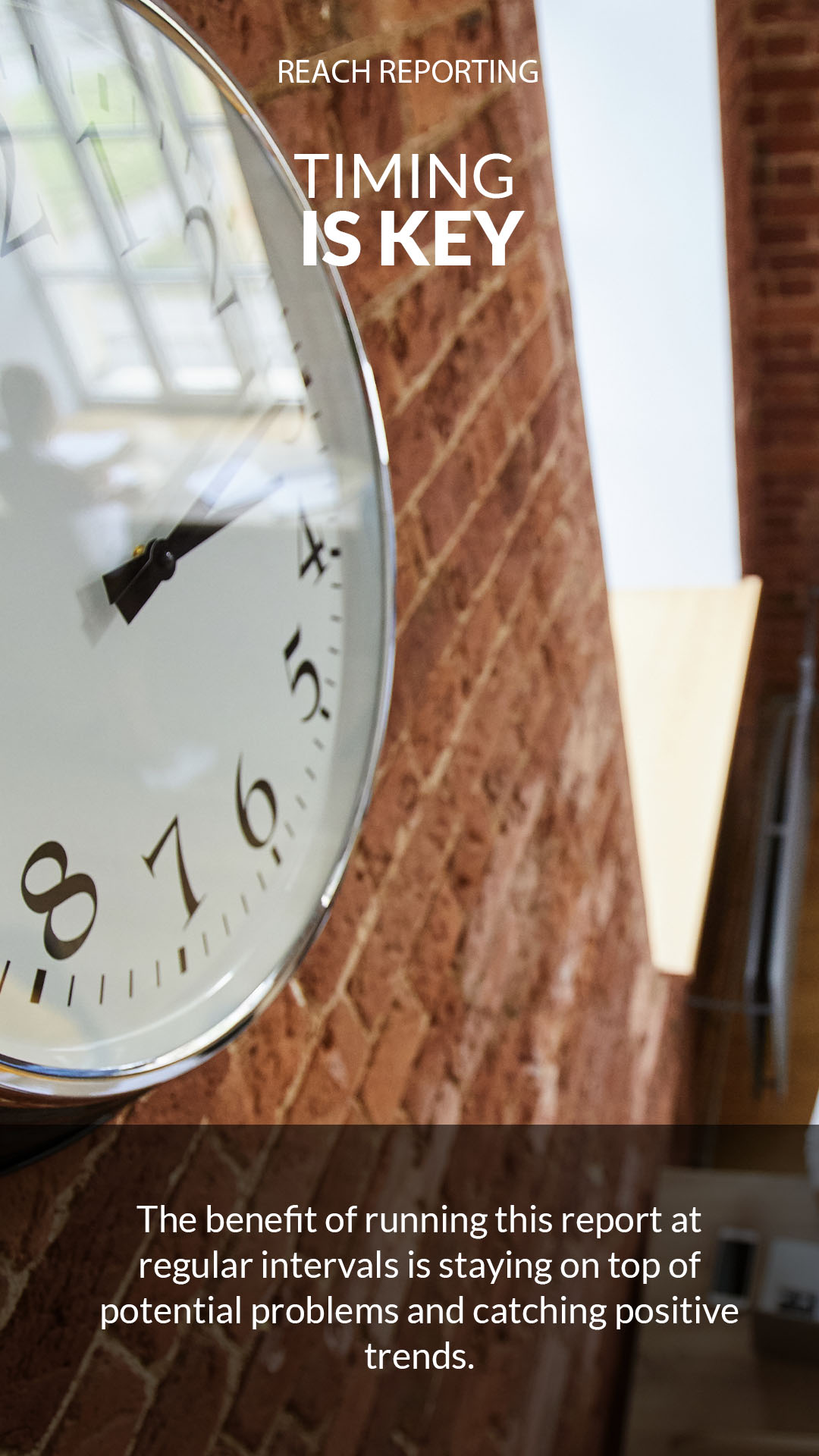
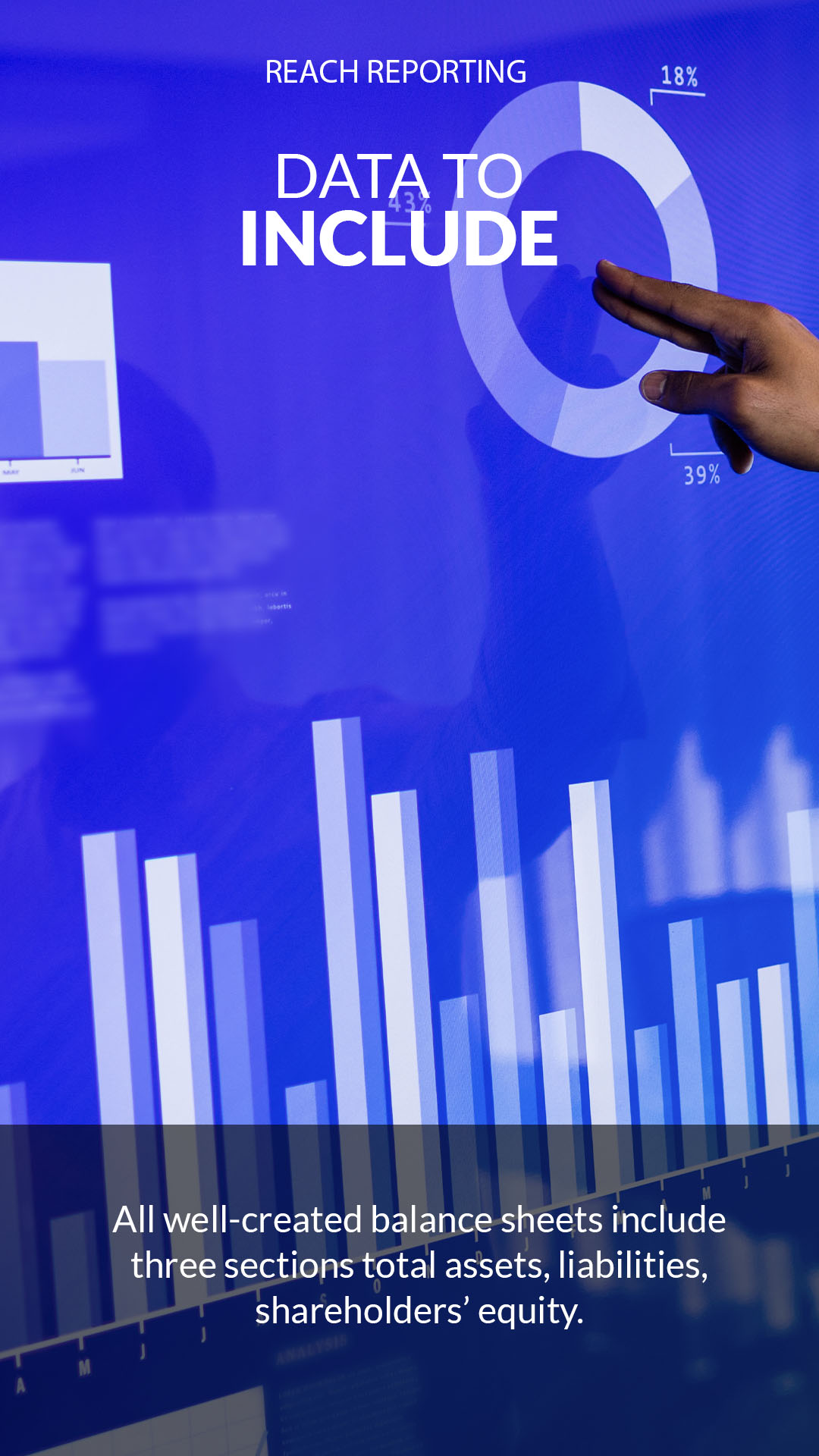
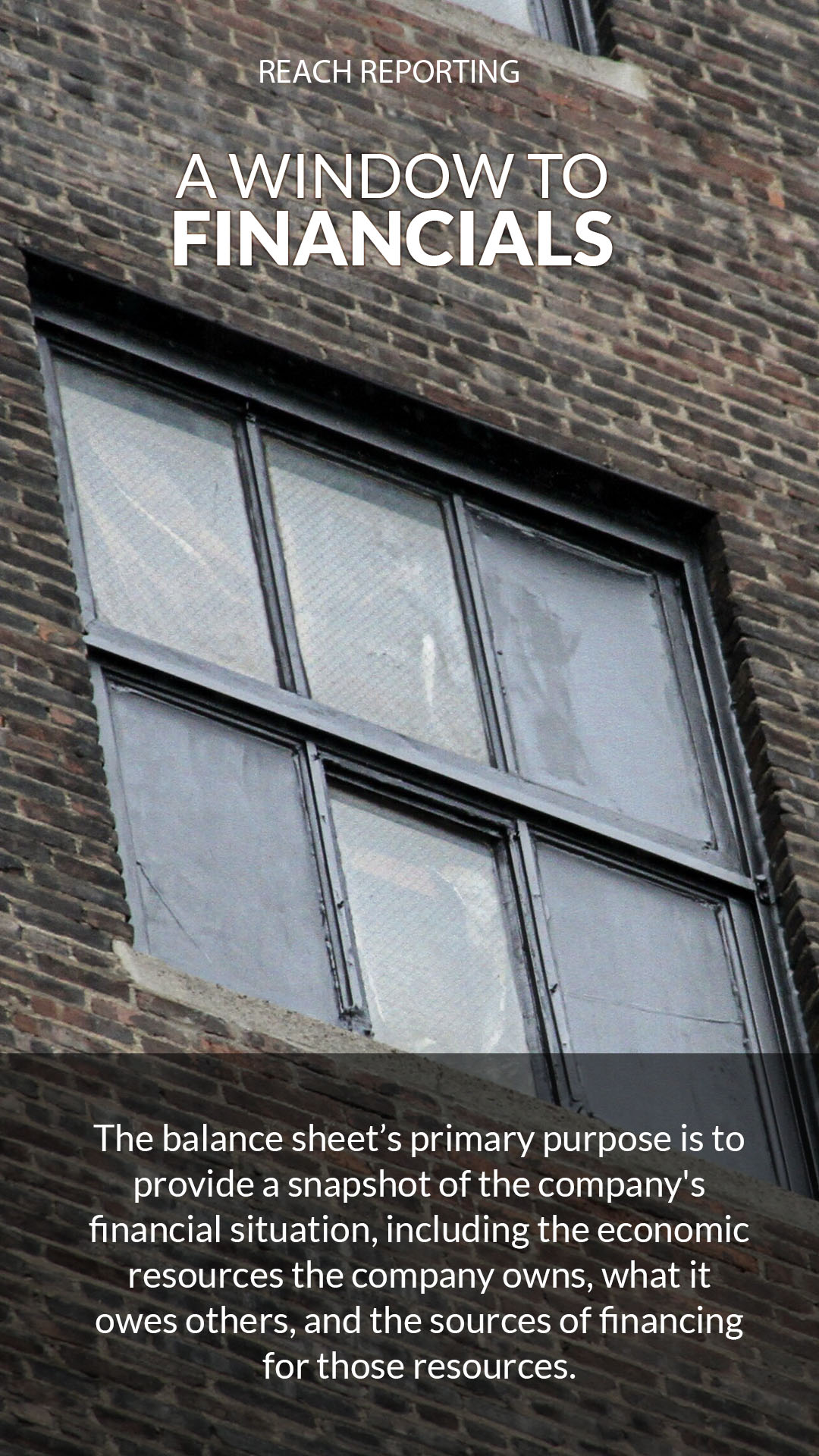
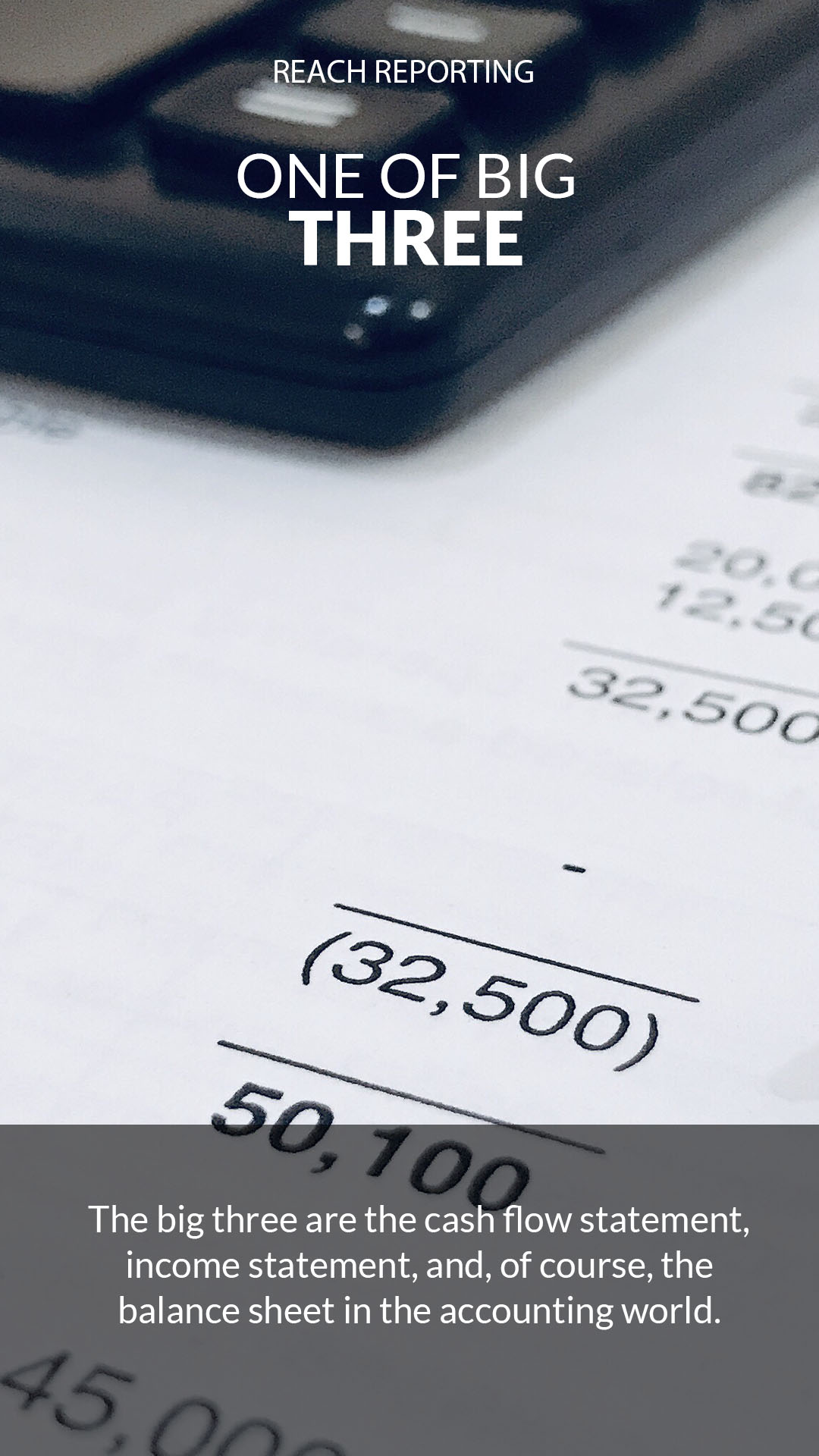
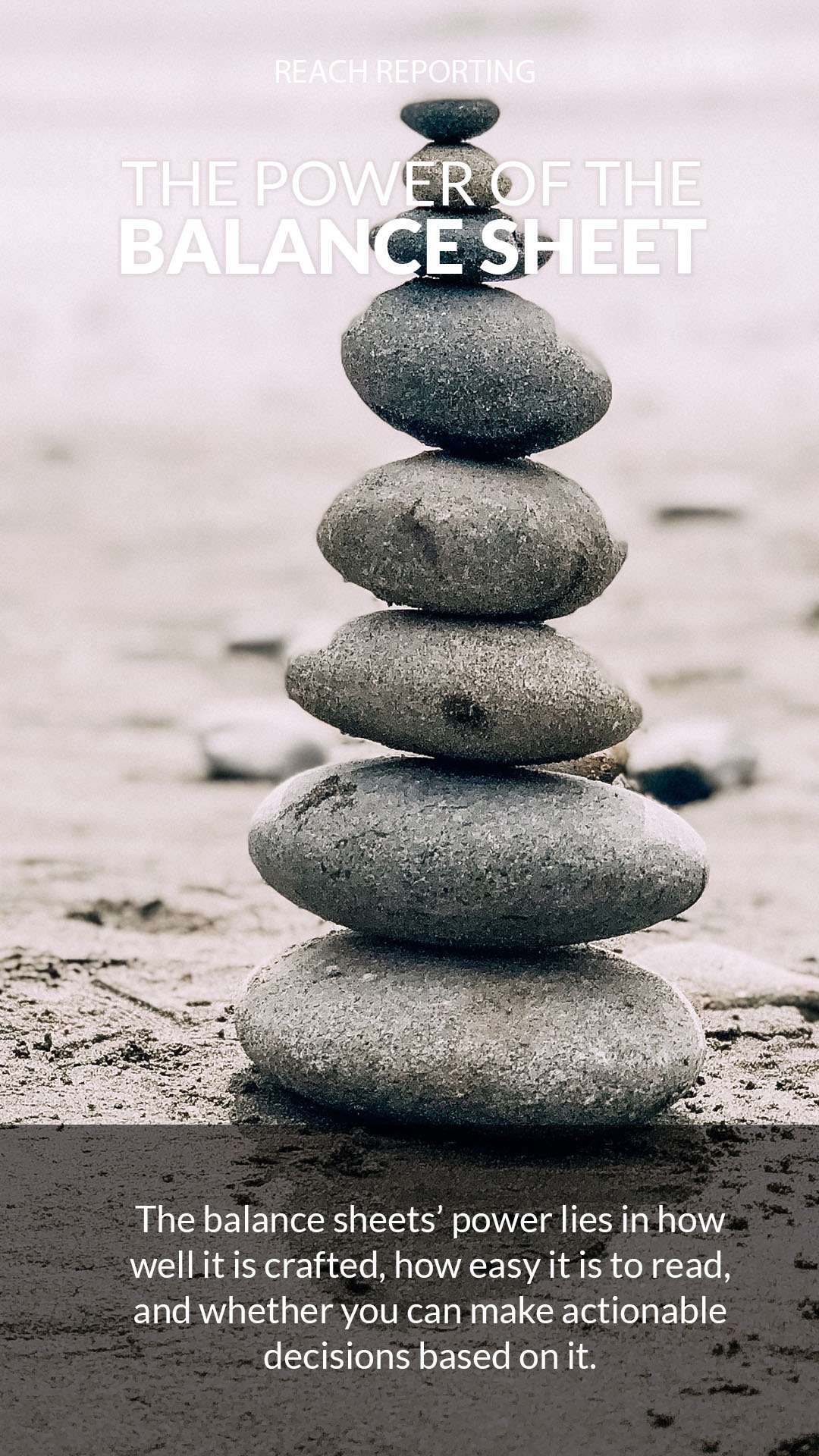
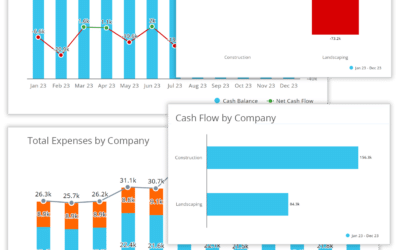
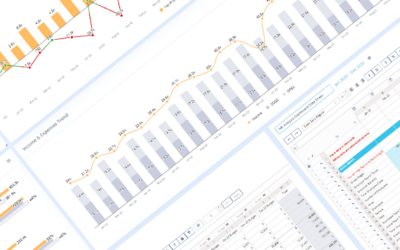

0 Comments